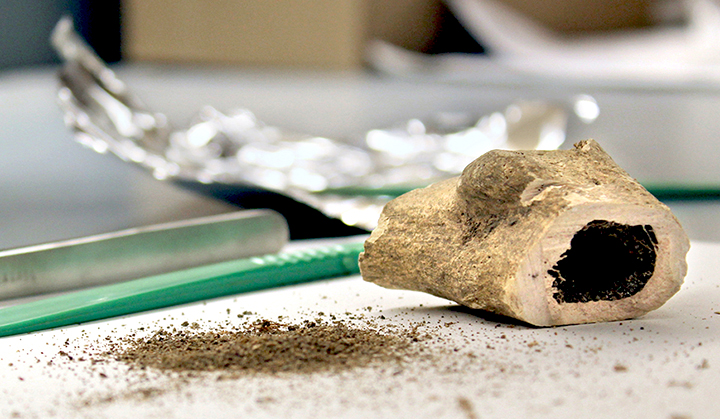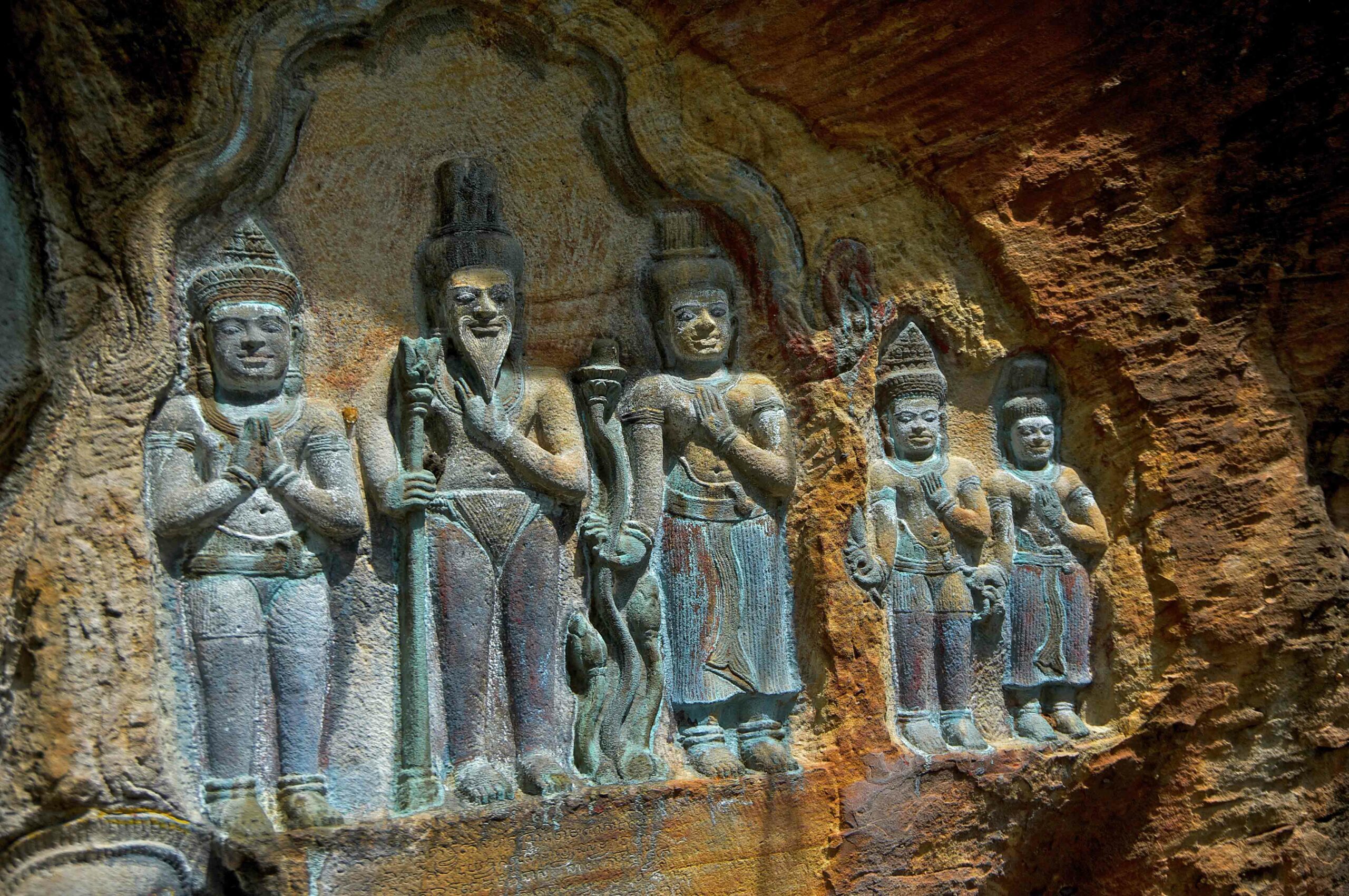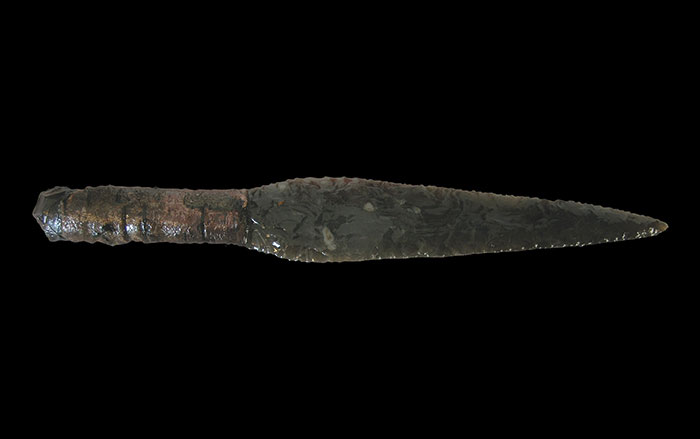
NEW HAVEN, CONNECTICUT—Scientists from Yale University have established a diagnostic, human skeletal profile for malaria, a disease transmitted by mosquitoes. Graduate student Jamie Inwood and her colleagues developed a technique to identify the polymer hemozoin, which is produced by the parasite that causes malaria, using archaeological bone samples from a site dating to A.D. 550 in Teverina, Italy. “Researchers from the University of Arizona had found burial practices that were throwbacks to pagan rituals. It was suspected there must have been an epidemic in the community that caused fever or fits,” Inwood said in a press release. The black, crystalline hemozoin clumps can be seen in bone marrow with x-ray defraction. Inwood is now collecting data on malaria from archaeological sites in West Africa. “The data set we build with this will be revolutionary for establishing the epidemiological curve for malaria in ancient societies. By understanding how this parasite reacted to societal shifts in the past, we can aid in predicting its future behavior. We can understand the way it has evolved,” she said. To read about a recent study of ancient heart disease, see "Heart Attack of the Mummies."









